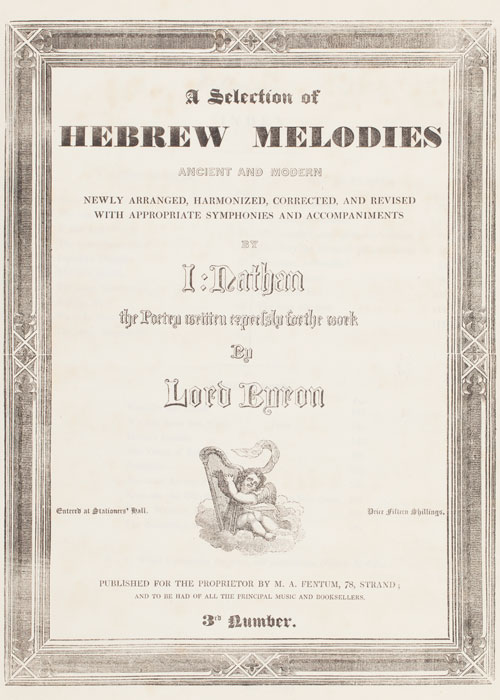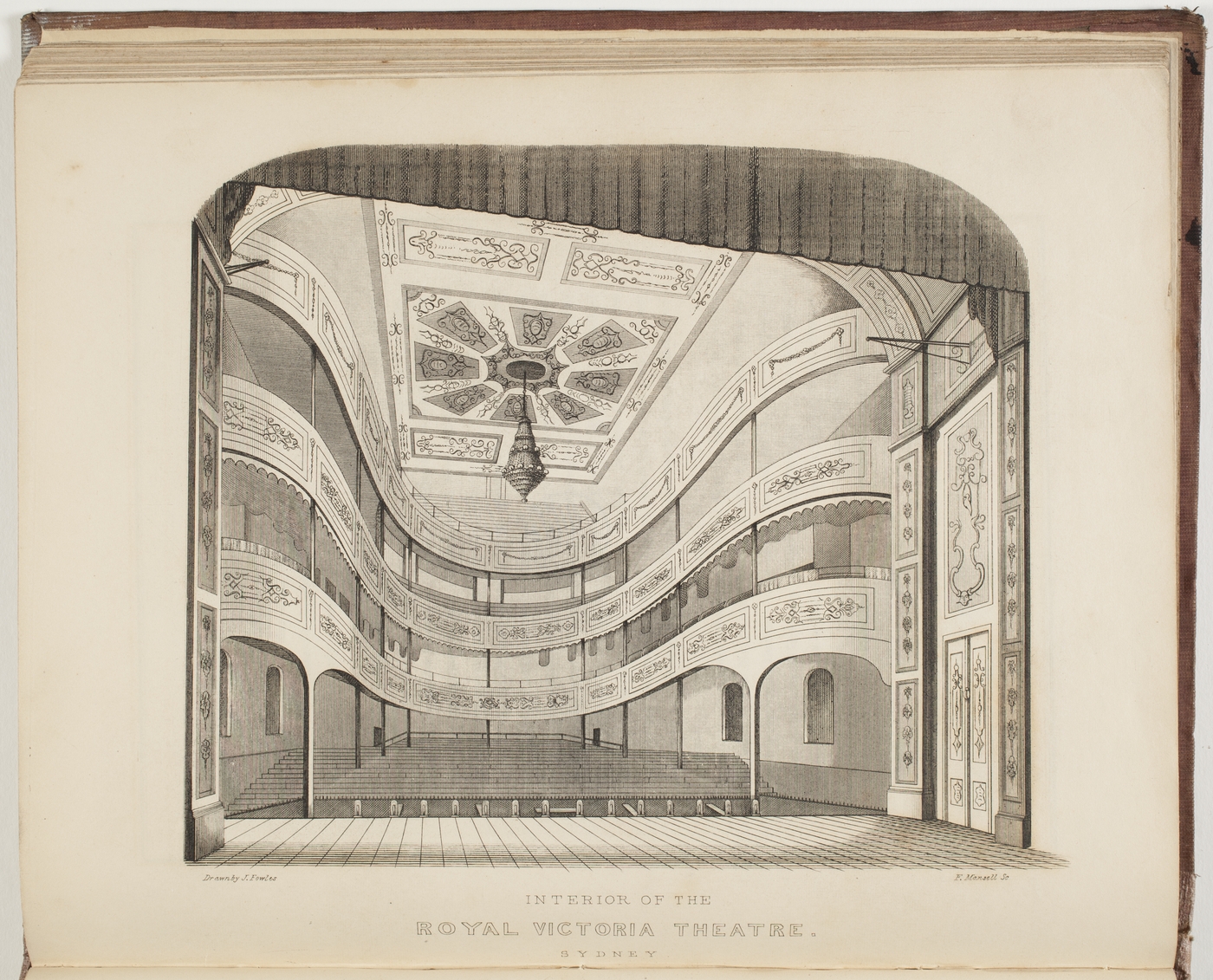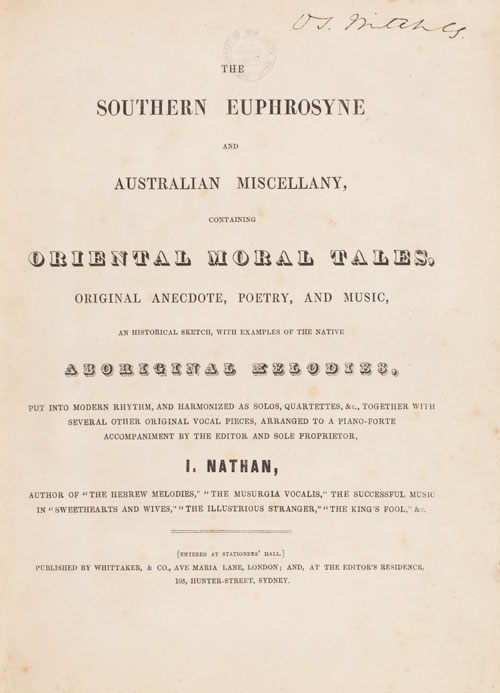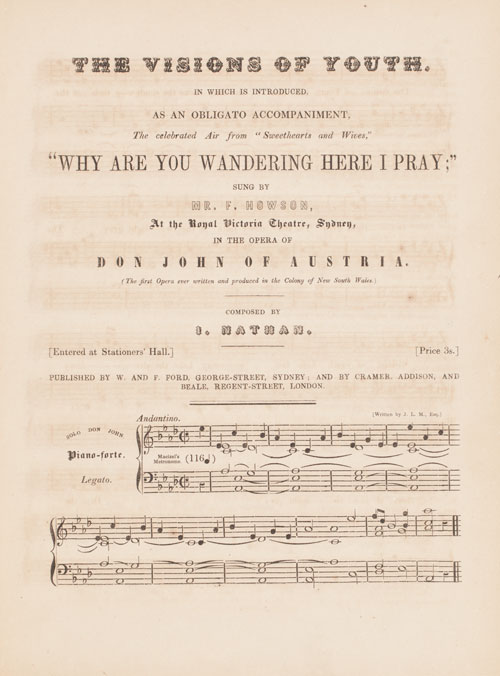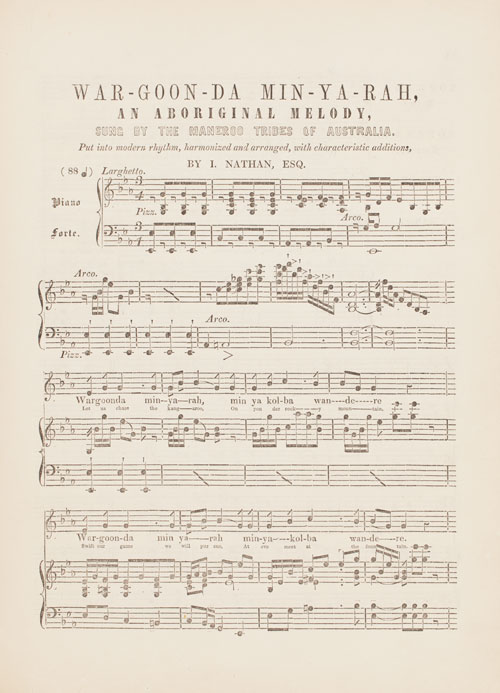Isaac Nathan and George Goodman
Isaac Nathan
Isaac Nathan (1790-1864), performer, composer, teacher, critic, theorist and musical publisher, is probably best known for the Hebrew Melodies, the result of a collaboration with Lord Byron, whom he met in 1814. Known as the Father of Australian Music, Nathan also assisted the careers of numerous colonial musicians during his twenty year residence in Australia from 1841.
Born in Canterbury, England, and educated at Cambridge University, Nathan later became music librarian to King George IV. Financial problems influenced his decision to emigrate to Australia, and on his arrival in 1841, he became choral director of St Mary's Cathedral, Sydney. His Don John of Austria was the first opera to be written, composed and produced in Australia, and was first performed in Sydney in 1847.
Nathan was also the first professional musician to transcribe Aboriginal music. His Australian publications include Series of Lectures on the Theory and Practice of Music (1846) and The Southern Euphrosyne and Australian Music Miscellany (?1849). Nathan was killed when alighting from a horse-drawn tram in Sydney on 15 January 1864.

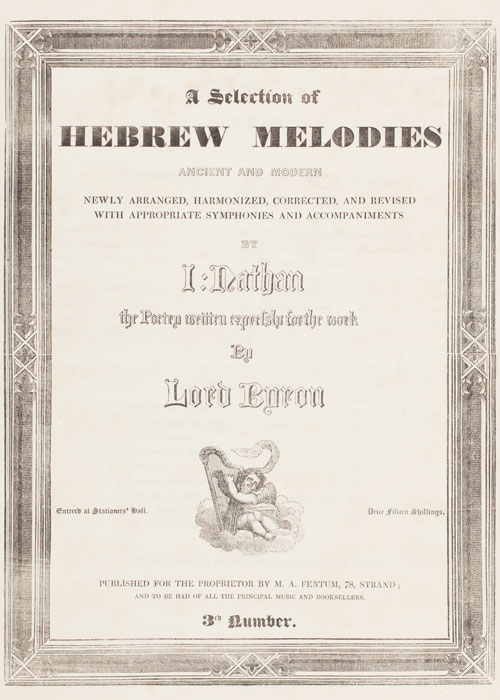
Full title: A selection of Hebrew melodies [music] : ancient and modern / newly arranged, harmonized, corrected and revised with appropriate symphonies & accompaniments by I. Nathan ; the poetry written expressly for the work by Lord Byron.



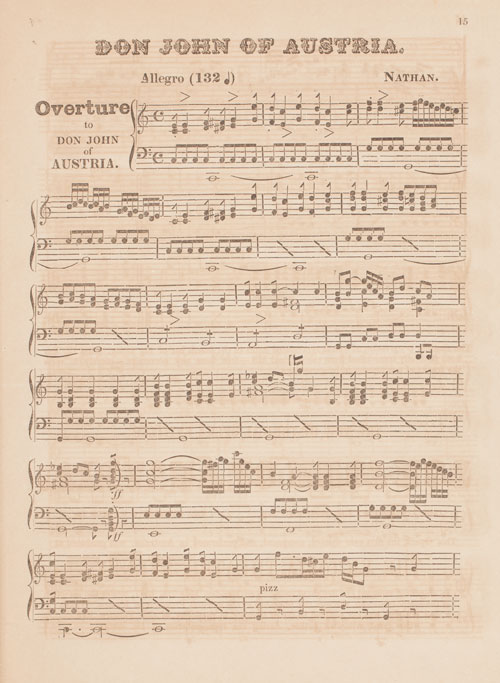
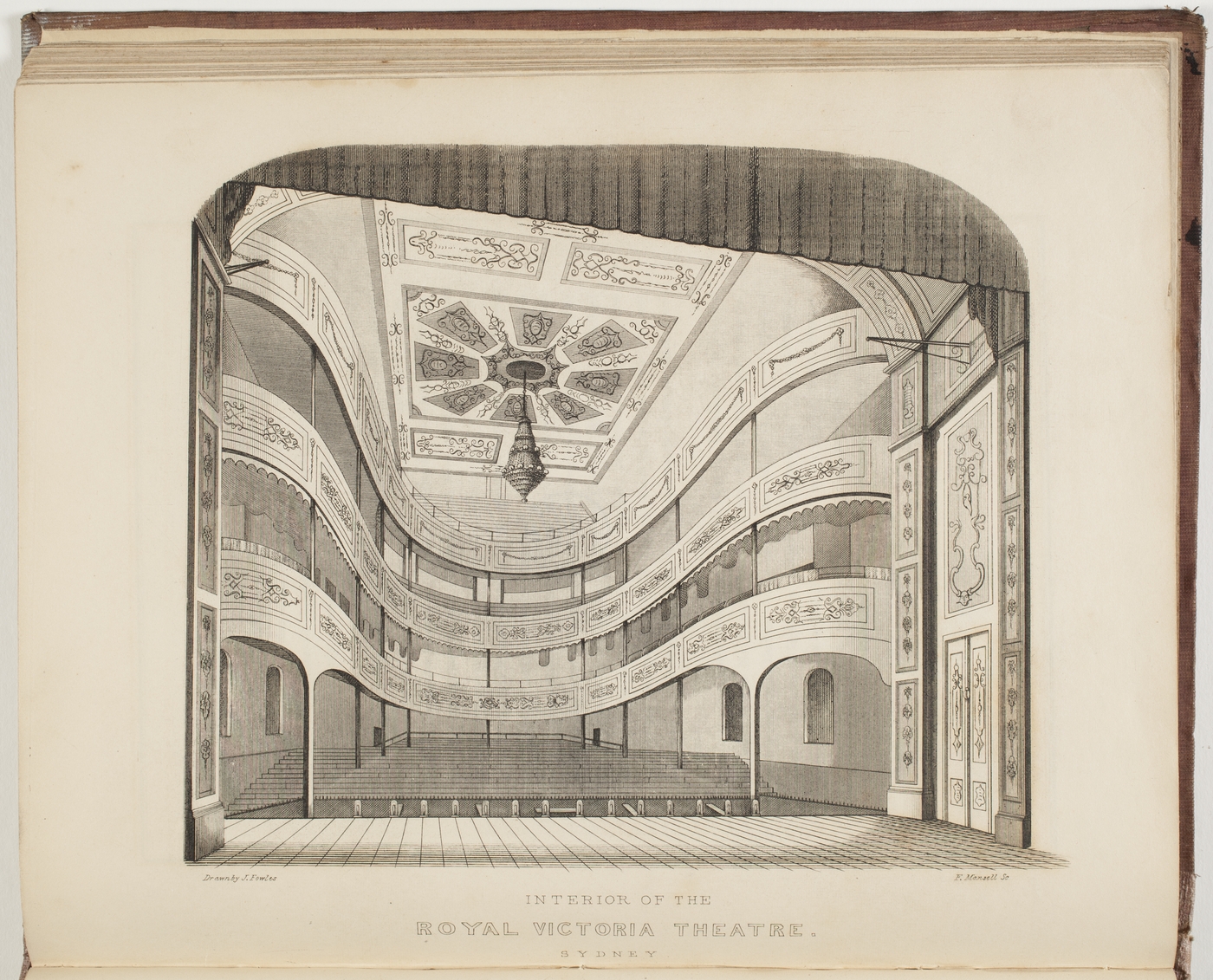

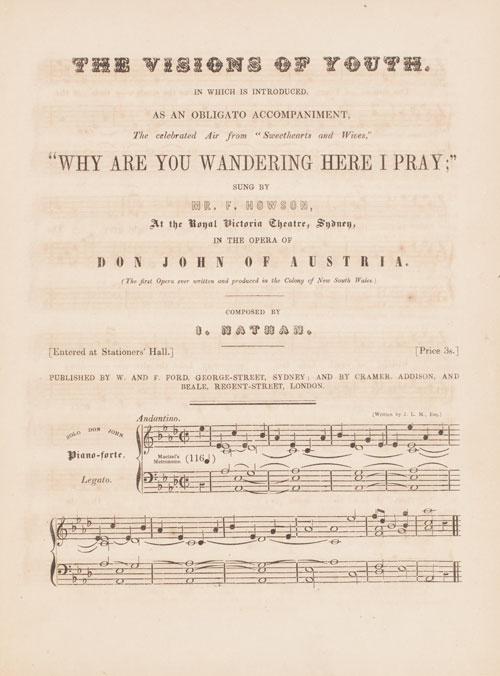
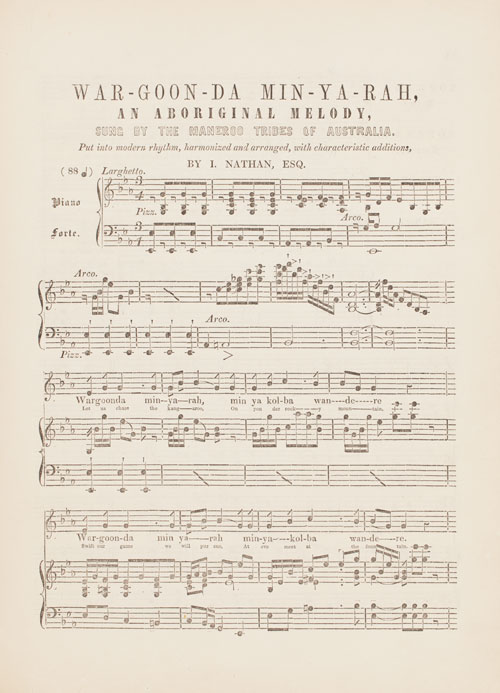


George Goodman
Entrepreneurial Jewish settler, George Baron Goodman, was Australia's first professional photographer. Having taken lessons in Paris from Louis Daguerre, the inventor of the Dagerreotype process, on his return to London Goodman purchased a licence from Richard Beard (holder of the English patent for the process) to take photographs within specific British colonies.
Arriving in Sydney in November 1842, Goodman quickly set up his 'Daguerreotype Gallery' at the Royal Hotel in George Street, and immediately began capturing 'faithful miniature likenesses' of the town's leading citizens.
Goodman's daguerreotype portrait of Doctor William Bland is the earliest known surviving photograph taken in Australia. It is probably that mentioned in the Sydney Morning Herald 14/1/1845. It would appear to be a product of Goodman's new studio at 49 Hunter Street, Sydney (SMH, 5/8/1844), before the introduction of hand colouring (SMH, 9/1/1845) and before the introduction of decorative backgrounds (SMH, 25/4/1846). It was probably produced between November 1844 and early January 1845 and, stylistically, matches the Lawson family daguerreotypes, two of which are dated 3/5/1845 in a contemporary hand.
In April and May of 1845, Goodman had travelled to Bathurst at the request of 100 subscribers and spent three weeks there taking daguerreotypes at the Victoria Hotel. On the way back to Sydney, in May 1845, Goodman took a series of photographs of the William Lawson family, probably at their property 'Veteran Hall' in Prospect. He producing a set of six or more exquisite daguerreotype portraits. Dressing up for the occasion, the Lawson girls all wore similar dresses highlighting the remarkable family resemblance between them.




Sponsors
Australian Jewish community and culture is made possible through a partnership with the Australia-Israel Chamber of Commerce.




